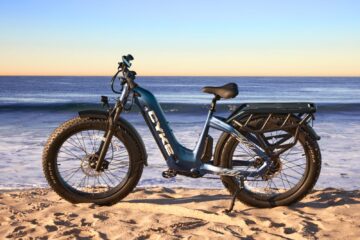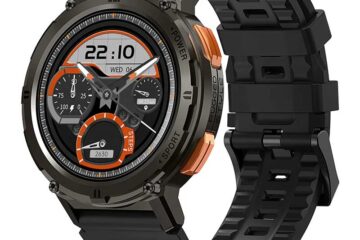In the realm of turbine technology, coatings play a pivotal role in enhancing performance, durability, and efficiency. This article delves into the significance of surface coatings in turbine functionality, exploring how these innovative solutions are revolutionizing the operation of turbines across various industries.
Protective Coatings for Turbine Components
Turbine components, such as blades and vanes, are subjected to extreme temperatures, pressures, and environmental conditions during operation. Turbine section coatings act as a barrier, shielding these components from corrosion, erosion, and thermal degradation.
Advanced ceramic, metallic, and composite coatings are tailored to withstand the harsh operating environments encountered in gas turbines, steam turbines, and aircraft engines.
Enhancing Aerodynamic Efficiency
Surface coatings are also instrumental in improving the aerodynamic performance of turbine blades and vanes. Microscopic imperfections on the surface can disrupt airflow and increase drag, leading to reduced efficiency and power output.
Smooth, low-friction coatings, such as thermal barrier coatings (TBCs) and hydrophobic coatings, minimize surface roughness and enhance aerodynamic efficiency, enabling turbines to operate more effectively across a range of operating conditions.
Reducing Fouling and Deposits
One of the challenges faced by turbine operators is the accumulation of contaminants, such as dirt, dust, and pollutants, on turbine surfaces. These deposits can degrade performance, increase fuel consumption, and accelerate component wear.
Anti-fouling coatings with self-cleaning properties repel contaminants and prevent their adhesion to turbine surfaces, thereby maintaining optimal performance and extending component lifespan.
Thermal Management and Heat Dissipation
In high-temperature turbine environments, thermal management is critical to prevent overheating and thermal fatigue. Thermal barrier coatings (TBCs) are applied to turbine components to reduce heat transfer and improve thermal insulation.
By effectively dissipating heat away from critical components, TBCs enhance durability and reliability, enabling turbines to operate at higher temperatures and pressures without compromising performance.
Corrosion Protection in Harsh Environments
Turbines operating in marine, offshore, or industrial environments are exposed to corrosive elements, such as saltwater, humidity, and chemical pollutants. Corrosion-resistant coatings provide a protective barrier against corrosion, extending the service life of turbine components and reducing maintenance requirements.
These coatings are formulated to withstand corrosive attack and maintain structural integrity under harsh environmental conditions.
Innovations in Coating Technology
The field of turbine coatings is continuously evolving, driven by innovations in materials science, manufacturing processes, and application techniques. Nanostructures coatings, functionalized surfaces, and multi-layered coatings are among the latest developments aimed at further enhancing the performance and functionality of turbine components.
Additionally, advances in coating deposition methods, such as plasma spraying and chemical vapor deposition (CVD), enable precise control over coating thickness, composition, and properties.
Conclusion
Surface coatings represent a cornerstone of turbine technology, offering a versatile and effective means of optimizing functionality, durability, and efficiency. By leveraging advanced coating solutions, turbine operators can mitigate operational challenges, improve performance, and extend the service life of critical components.
As the demand for clean, reliable energy continues to grow, surface coatings will play an increasingly vital role in enhancing the performance and sustainability of turbine systems across diverse industries.
Stay in touch to get more updates & news on Timesanalysis !



